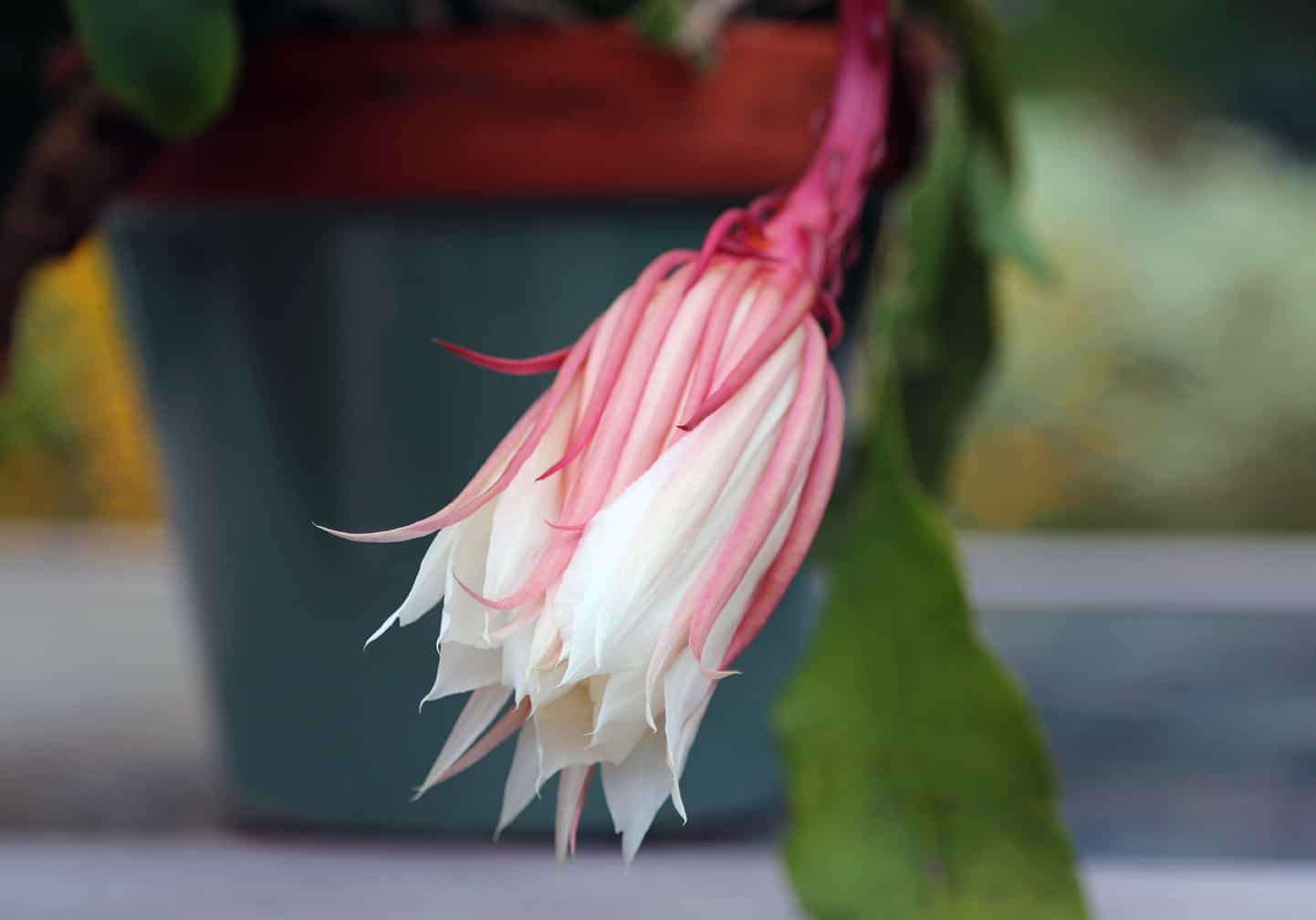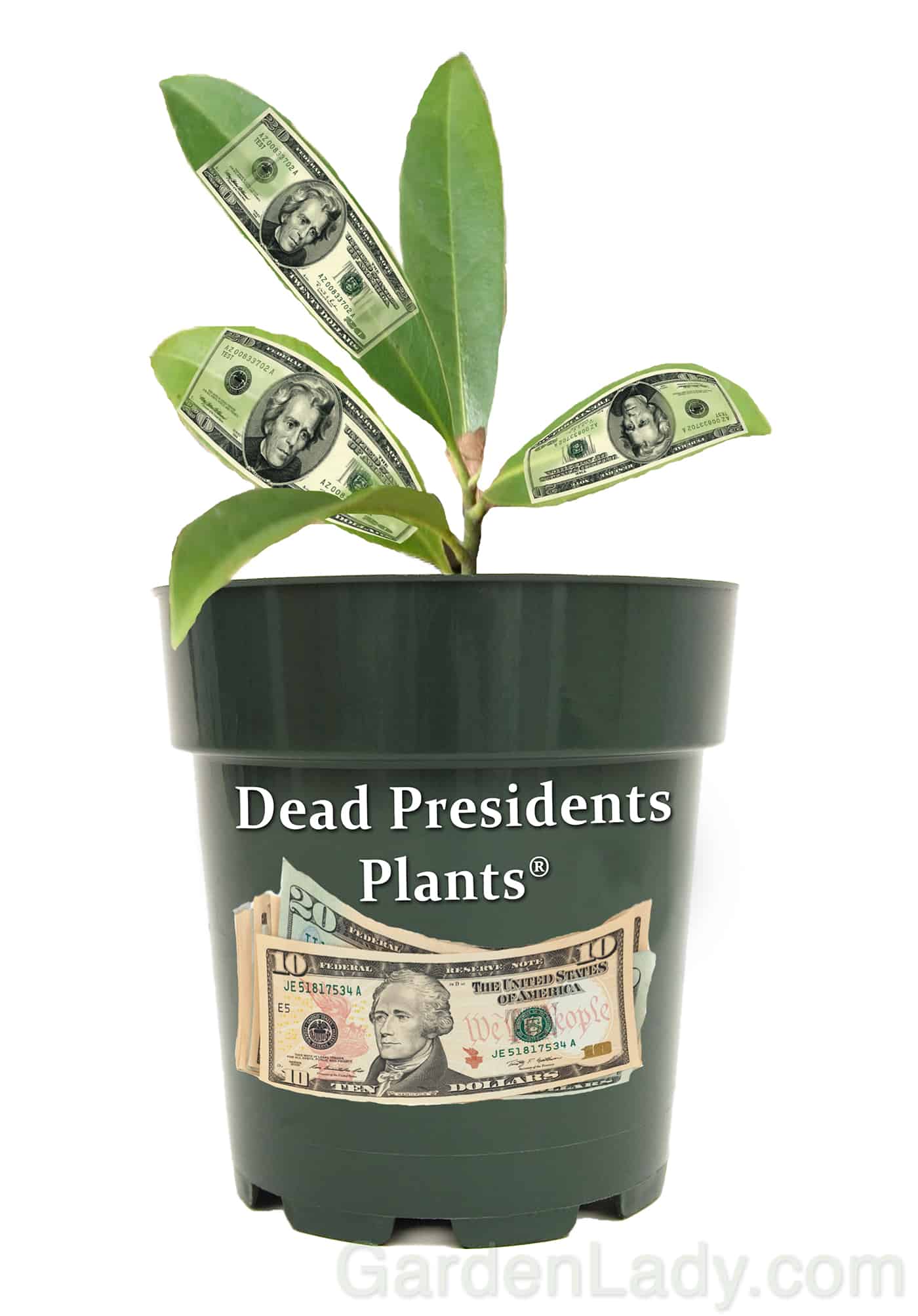April 1, 2019 Stevens Point, WI
A feud between neighboring plant lovers threatens the day/night cycle for hundreds of people in central Wisconsin. The dispute all started when April Loof, a well known garden writer in the region, decided to plant sunflowers throughout her yard. “I’m working on an article that I’ll enter in the GardenComm Media Awards,” she said, “so I need plenty of photos.”
All went well with Loof’s plan until these Helianthus annuus started to bloom. Suddenly, the properties on all sides of her were illuminated by the glow generated by so many sunflowers.
“The light was blinding,” one of Loof’s neighbors complains. “We had to keep all our shades and curtains closed if we wanted to get any sleep.” Another neighbor who raises chickens on Bogus Farm protested that, “The sunbeams from those plants were creating havoc with our egg production. The roosters were crowing twenty-four seven, and the hens didn’t know if it was time to lay, eat or sleep.”
But things escalated dramatically when Y. Prank, another garden lover whose property abuts the Loof sunflower garden, decided to fight fire with fire…or rather, plants with plants. Prank first began filling his garden with groups of evening primrose. When these plants seemed to dim the rays from Loof’s sunflowers, he continued with large plantings of Queen of the Night, an Ephiphyllum that is also called night-blooming cereus. Discovering that these too had a mitigating effect on the sunflowers’ beams, he resolved to move on to even stronger selections.
Soon Prank’s yard was filled with the weeds known as black nightshade, plunging the area into twenty-four hours of darkness. “Now my roosters are sleeping night and day,” the owner of Bogus Farm confided in a recent interview, “and kids in the area have stopped going to school because they won’t take off their pajamas.”
When Loof was contacted about her response to the sudden dark, her response was typical of a confirmed plant geek. “I’ve just planted ‘The Rising Sun’ Redbud tree near Prank’s property line,” she admits, “and I’ll be poking sunflower seeds and a few other plants in the ground tomorrow. I’m telling everyone in the area to keep their sunglasses and sunscreen handy.”
Prank responded that the residents of this Wisconsin neighborhood might want to keep their flashlights nearby as well. “I’m watching Loof’s yard,” he confided to this reporter, “and although I hate to employ something so lethal, if I see that she’s planting Sunpatiens or ‘Bright Lights’ Cosmos, I’ll be ready to put in plenty of deadly nightshade.”

The sunflowers peaking over April Loof’s fence have been beaming light for miles in this central Wisconsin community.

Loof’s neighbor, Y. Prank, has countered by growing Queen of the Night in his attempt to dim the sunbeams coming from next door.

Prank worries that Loof will counter his dimming plants with beds of Bright Lights Cosmos.
Google Plant – the first Plant to English Translation Service
It has been well known that plants communicate with each other through the release of volatile organic compounds, along with various chemicals and pheromones. Additionally, plants pass information through an extensive network of soil fungi. But until recently there was no correlation between these forms of interaction and human speech. But the many years of research done by a team of Google software engineers and botanists at Cornell University in Ithaca, NY, recently resulted in an astonishing breakthrough. Last summer the team proudly announced the completion of Google Plant, the first plant-to-English translation service.
When the Google Plant webpage is opened, special sensors take in the chemical amalgams released by plants and translate these compounds into human speech. Although only selected computers are outfitted with these sensors at this time, Google Plant has been successfully tested in several universities and by members of GardenComm International.
“It took some time to get over our shock that the translation system actually worked,” said Dr. Lirpa Loof, who led the group of researchers from the School of Interactive Plant Science at Cornell . “But once we got used to hearing what the plants were saying to each other, we were frankly shocked at how banal it all was. I can’t tell you how many conversations we’ve recorded between oak trees who are arguing about which tree has the biggest nuts.”
Several of the programmers on the Google Plant team agreed. “One day we inadvertently left the system recording when we were out of the office,” recalls Foops Knarp, VP for Development at Google Plant. “When we came in the next day we heard hours of conversations between the houseplants we have in our cubicles and windows. It turns out they are really nasty gossips. They were ripping all the Google employees to shreds, criticizing everything from our hairstyles to our choices in footwear. I can’t bring myself to repeat some of their comments.” Knarp paused, overcome by emotion, before continuing. “I never knew a peace lily could be so mean.”
Garden writers, speakers and media hosts were similarly surprised. “I was hoping that this software would give me a fresh approach for my next book on perennial gardening,” reported Yad Sloof, who is a member of GWA. “But I discovered that the plants in my perennial garden are just constantly quarreling. The Nepeta was calling the hardy Hibiscus ‘a fatty with cheap, garish flowers,’ while the Echinaceas were taunting the Hemerocallis for being ‘one day wonders.’ I listened for an entire summer, and it was brutal.”
Other members of the Association of Garden Communicators report being personally devastated when using the Google Plant website. “I’ve been a vegan for several years,” one woman reported, on the condition that she could remain anonymous. “But one day I had Google Plant open when I started cooking dinner. Those vegetables cursed and screamed at me every time I chopped one, or put a veggie into the pan. I felt like a murderer. Now I don’t know what I’m going to eat.”
Several plants were contacted through Google Plant for their opinions on this article, but all responded with a very green “No comment.”

C.L. Fornari
Reporting from Cape Cod, Massachusetts April 1st, 2018
Money DOES Grow on Trees!
In a news conference today three of the countries largest growers of ornamental plants jointly announced the release of a new species and cultivar of Magnolia. Bailey Nurseries, Ball Ornamentals and Monrovia are pleased to reveal the results of several years of breeding done in greenhouses and tissue culture labs around the world. This small landscape tree is the first in the Dead Presidents ® series of plants, and is the product of several generations of genetic work with Magnolia grandiflora, five spots and tenners. Named Magnolia moola ‘Greenbacks,’ this small tree is the first plant to produce currency as well as fragrant flowers and cooling shade.
“It took several years to get the perfect combination of the genetics from fives and tens that would reliably produce twenties,” Dr. Michael Dirr, noted horticulturalist and woody plant expert revealed. “In general, currency and members of the Magnoliaceae family tend to be genetically unstable when gene spliced. For many generations of plants we only saw single dollar bill foliage, and most of these were so highly variegated that they’d be useless in convenience stores and vending machines.”
“For several years the early seedlings just didn’t thrive once the plants were taken from the sterile cloning medium and into the landscape,” says Ryan McEnaney, spokesman from Bailey Nurseries. “But then one of our growers hit on the idea of using dirty money in the original cross splicing, and the plants thrived from then on!”
McEnaney reports that work is currently being done to develop other cultivars for the Dead Presidents ® line of trees. “We’ve been very encouraged about the performance of Magnolia moola ‘Yards,’ which produces hundreds,” he says, “and over at Ball Ornamental and Monrovia they’ve seen M. moola ‘Grand’ doing quite well in early trials.” McEnaney doesn’t want to be overly optimistic, but he says that the horticulturalists at Bailey are also working on a blue-flowering hydrangea that leafs out with ten dollar bills. If this shrub proves to be garden worthy, it will be called Endless Sawbucks™.


This new line of trees tends to break dormancy on April 1st.
When we asked Marcia Chapman, at Soares Flower Garden Nursery in East Falmouth, if she thought this plant would appeal to home landscapers, she was positive. “In general my customers don’t want GMO plants in their gardens,” she said, “but I have a sneaking suspicion that this won’t matter when it comes to these Magnolias.”
Reported on April 1st, 2017.

0 Comments